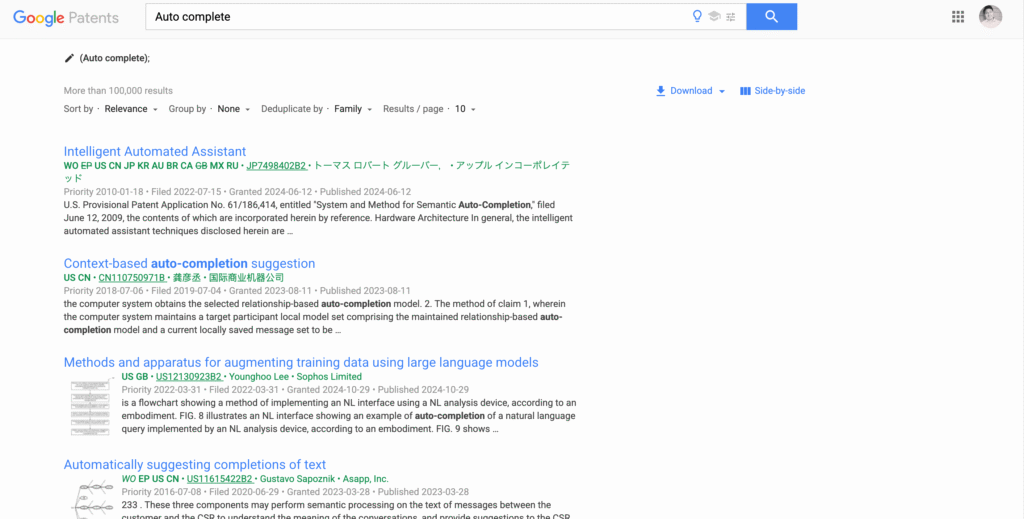It is the transition from string-based search to meaning-based search—from “keywords” to entities, from static documents to dynamic context graphs. As of 2025, Semantic SEO is no longer optional. It is the foundational architecture of how search engines operate and how information is retrieved, ranked, and contextualized.
But to truly learn Semantic SEO, one must go beyond tutorials. One must study the patents, the patterns, the people, and the philosophical shifts that drive modern search. This article outlines not only what Semantic SEO is but where and how to learn it—through a structured, research-driven methodology.
What Makes Semantic SEO Different?
From Strings to Things: Traditional SEO vs. Semantic SEO
- Traditional SEO focused on surface-level keyword frequency, backlinks, and on-page optimizations.
- Semantic SEO, however, is centered around:
- Entity Recognition
- Contextual Relationships
- User Intent Mapping
- Knowledge Graph Integration
The major transition started post-Google Hummingbird (2013), was enhanced with RankBrain (2015), and matured with BERT (2019) and MUM (2021). Today, Google’s algorithm is built around Natural Language Processing (NLP) and Machine Learning, allowing it to understand the meaning behind queries, not just their literal terms.
Step-by-Step: How to Learn Semantic SEO Properly in 2025
Semantic SEO is not something learned by memorizing hacks. It is studied—like a science.
1. Start with Patents
Most people ignore them. Experts dissect them.
- Google engineers publish their algorithmic innovations as patents. These documents describe how the search engine analyzes:
- Queries
- Entities
- Relationships
- User Behavior
To start:
- Search using Google Patents
- Use queries like:
"entity detection" site:patents.google.comor"knowledge graph" Google. - Popular topics: Auto-complete, Query Rewriting, Passage Indexing, NLP in Search, Click Satisfaction Modeling.
- Use queries like:

2. Follow the Thought Leaders
Semantic SEO is an ongoing academic and technical field.
- Bill Slawski (SEO by the Sea) pioneered patent analysis in SEO. Though he passed in 2022, his blog remains a repository of SEO patent interpretations.
- Koray Tuğberk GÜBÜR is advancing this work by turning patent-based SEO theory into applied strategy, using NLP, entity graphs, and topical authority.
- He connects leaked Google API logic with real-world semantic implementation.
- YouTube creators and bloggers—like the speaker in this tutorial—use a blend of translated patents + hands-on SEO experience to teach practitioners.
ALSO READ …
- What should you learn in Semantic SEO
- What is Semantic SEO
- Semantic SEO definition step-by-step guide & glossary
- Traditional SEO vs Semantic SEO
- When did Google start Semantic Search
3. Master the Semantic Core: Entity-Based SEO
Entities are not keywords. They are concepts with identifiers in knowledge graphs (e.g., Wikidata IDs).
Learning to build entity-oriented content requires:
- Building Topical Maps: Structuring subjects and their semantic subtopics.
- Writing Content Briefs: Creating documents that organize headings, entities, and internal links.
- Optimizing Entity Salience: Ensuring the correct entities are detected and related contextually.
Every content asset should answer:
- What is the primary entity?
- What are the related entities?
- What is the intent behind queries associated with those entities?
Tools and Data Sources for Semantic SEO Research
Semantic SEO is both a creative and technical discipline. Use these tools to execute both sides:
Patent & Research Analysis
- Google Patents
- SEO by the Sea (archive)
- Semanticscholar.org (for academic NLP research)
Entity & Knowledge Graph Mapping
- Wikidata
- DBpedia
- Google’s Knowledge Graph API
- Kalicube Pro (for brand entity optimization)
NLP & Content Optimization
- InLinks
- Surfer SEO
- On-Page.ai
- Frase (for brief + NLP entities)
Technical Intersection: NLP, Entities, and Google’s Algorithms
Natural Language Processing (NLP)
Google now uses NLP to:
- Understand syntax and semantics of queries
- Disambiguate entities (e.g., “Apple” the company vs. “apple” the fruit)
- Determine Query Intent Vectors and Document Relevance
APIs like Google’s NLP or SpaCy can show how machines “read” text. Understanding salience scores and named entity recognition (NER) is essential.
Google’s Leaked API (2023-2024)
The Google Search API leak revealed that many of the metrics and models found in patents are operational:
- Clicks
- Engagement Metrics
- Satisfaction Scores
- Link and Topic Vectors
These correlate directly with:
- TF-IDF Patterns
- Content Depth Signals
- Anchor Text Contextuality
Practical Learning Recommendations
DO:
- Study patents and correlate them with live SERP behaviors.
- Build topical authority by creating structured topic clusters.
- Use structured data (Schema.org) to reinforce entity types.
- Use NLP tools to preview how search engines interpret your content.
AVOID:
- Relying on outdated keyword-density strategies.
- Ignoring internal linking and topical hierarchy.
- Creating isolated articles without semantic interconnection.
Conclusion: The Philosophy Behind Semantic SEO
Semantic SEO is not just about ranking. It’s about building an ecosystem of meaning. It’s the merger of:
- Information Retrieval
- Entity Science
- Human Intent Understanding
Those who master Semantic SEO understand that search engines are no longer matching words—they’re matching meanings, contexts, and entities in motion.
If you’re ready to move beyond shallow tactics and into algorithmic thinking, the journey begins with patents, progresses through structured content, and ends with mastery of semantic architecture.
Study deeply. Structure wisely. Think like a search engine.
Coming in Part 2: How to Create a Topical Map Using Entities for Semantic SEO.
Disclaimer: This [embedded] video is recorded in Bengali Language. You can watch with auto-generated English Subtitle (CC) by YouTube. It may have some errors in words and spelling. We are not accountable for it.
